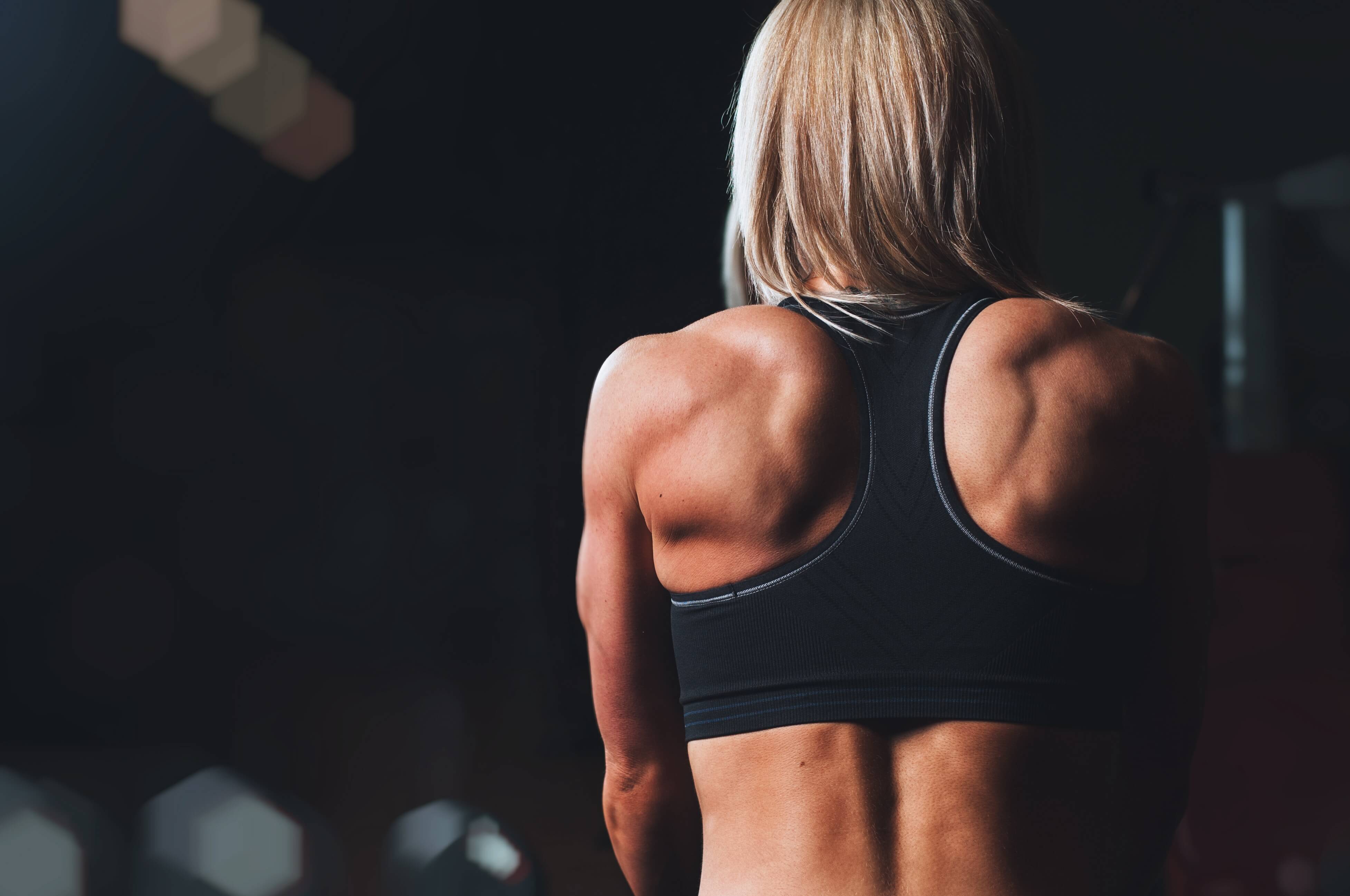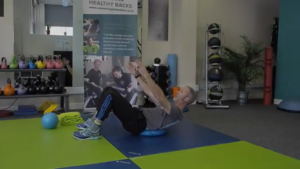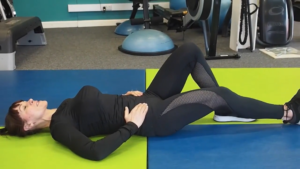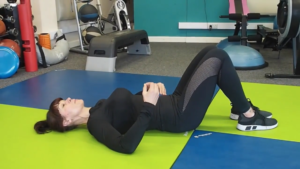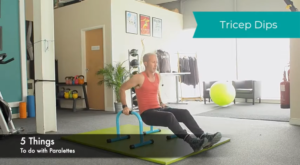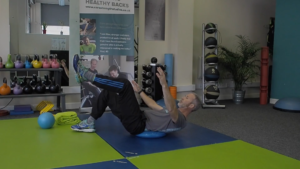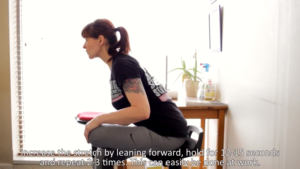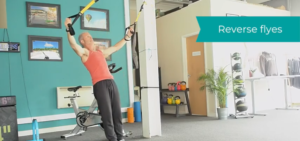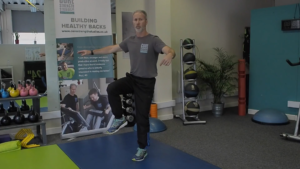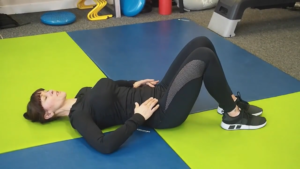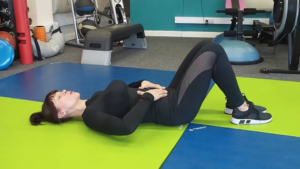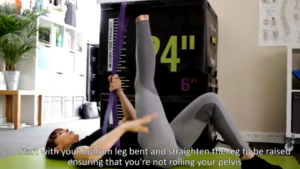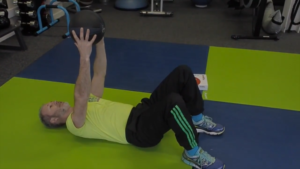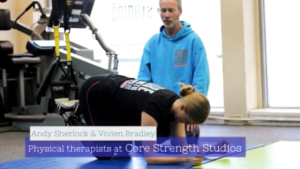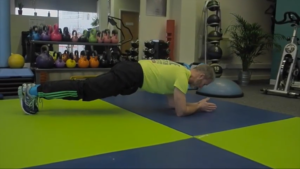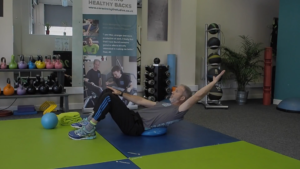How is The Back Made Up?
Your spinal column provides support for your body. Without it, you wouldn’t be able to stand upright, bend or twist.

Vertebrae
Your spine consists of 33 bones (your vertebrae) linking your skull and pelvis. Each vertebra has 3 main components;
1. The vertebral body at the back of the vertebrae which supports your body weight
2. The vertebral arch at the front of the vertebrae which protects the spinal cord.
3. The transverse and spinous processes which serve as sites for ligament attachment.
Facet joints connect the vertebrae and allow the bones to glide smoothly against each other. The joints contain synovial fluid which acts as a lubricant and protects against wear and tear.

The Spine
The spinal column is made up of 4 different regions:
Cervical (neck)
Thoracic (chest)
Lumbar (low back)
Sacral (pelvic)
The spine has a natural ‘S’ shaped curve when viewed from the side. The cervical and lumbar regions have a concave curve and the thoracic and sacral regions have a slight convex curve. These curves allow the spine to act like a spring, absorbing shock and maintaining balance.
Running through the spinal column, protected by the bones, is the spinal cord. This is a cylinder of nerve tissue which connects your brain to the rest of your body, controlling your movement and keeping your organs functioning.

Intervertebral Discs
The vertebrae are separated by soft, fluid filled cushions called intervertebral discs, which sit between the bones. It’s their job to act as shock absorbers, protecting the vertebrae and spinal cord from injury and/or trauma
Your intervertebral discs have a tough outer fibrous ring called the anulus fibrosus which contains and protects an inner gel-like centre called the nucleus pulposus. The nucleus pulposus is made up predominantly of water which can move in and out of the disc through small pores as the disc is loaded and unloaded.
Ligaments
A network of ligaments and muscles join everything together to form the spinal column.
Ligaments are tough bands or sheets of connective tissue and link bones together. The spinal ligaments help stabilise the joints by restricting excessive movements and preventing movement in certain directions.
Muscles
The muscles of the spine work together to support the trunk, protect the spine and hold your body upright. They also allow you to bend, twist and move in multiple directions.


The erector spinae group (above) are a set of muscles which work together to straighten the back and keep you upright. Running almost the full length of the spine, they are made up of The Iliocostal, Longissimus and Spinalis muscles and play an important part in posture and support of the spine.
Another significant muscle used in the stabilisation of the lumbar spine is the Multifidus muscle (left). Together with the transverse abdominis and pelvic floor muscles, it stabilises the low back and pelvis before movement of the arms and/or legs takes place.

The transverse abdominis muscle (right) is the deepest of the abdominal muscles and wraps around the trunk from front to back. In Addition to supporting the organs located in the trunk, it acts as girdle, stabilising the back and pelvis prior to movement of the body. 1 Likes
featured
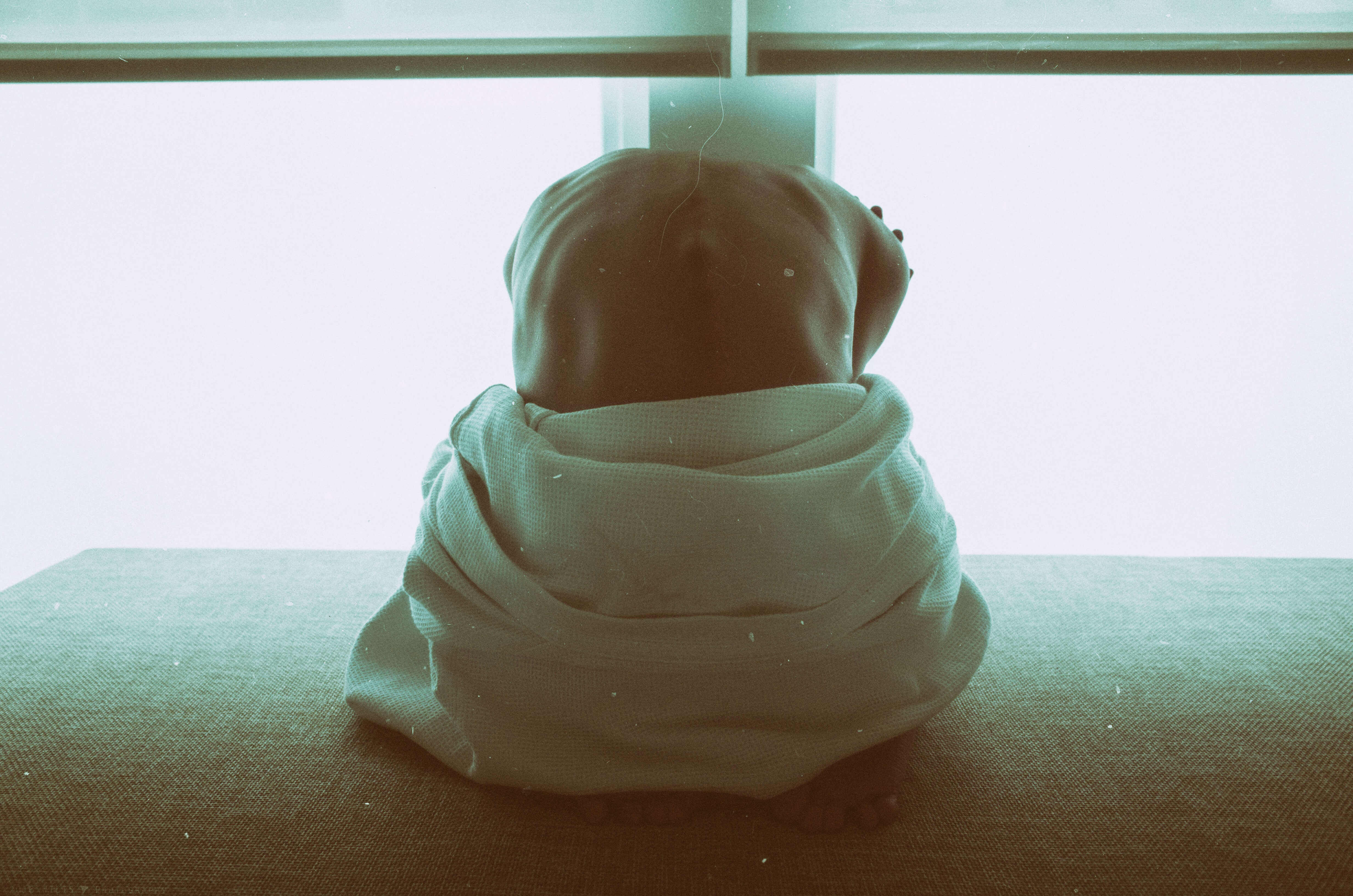
What is Sciatica?
With the approximate thickness of a pencil and running from the low back down to the feet, the sciatic nerve is the longest nerve in the body. It originates in the lumbar (lower) and sacral (at the base) regions of the spine, travels through the muscles in the buttocks, branches out down the leg and ...
Reading Time: 3 minutes >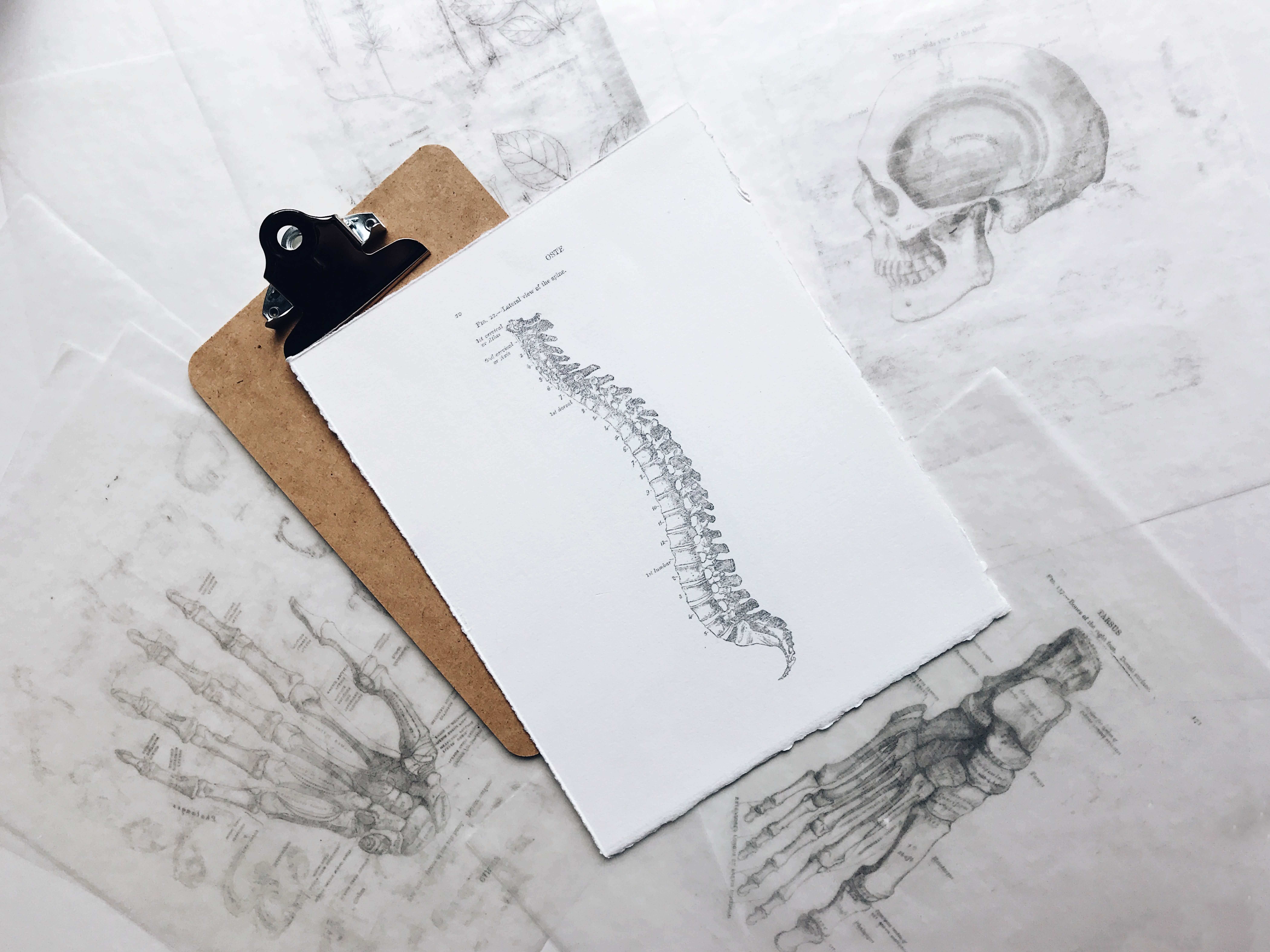
What is Facet Joint Syndrome?
Facet joints are the bony protrusions at the back of the spine which join the vertebrae together. They are the joints that make your back flexible and allow you to bend and twist. The joints are lined with cartilage and lubricated by a substance called synovial fluid. When healthy, the bones move freely over each ...
Reading Time: 2 minutes >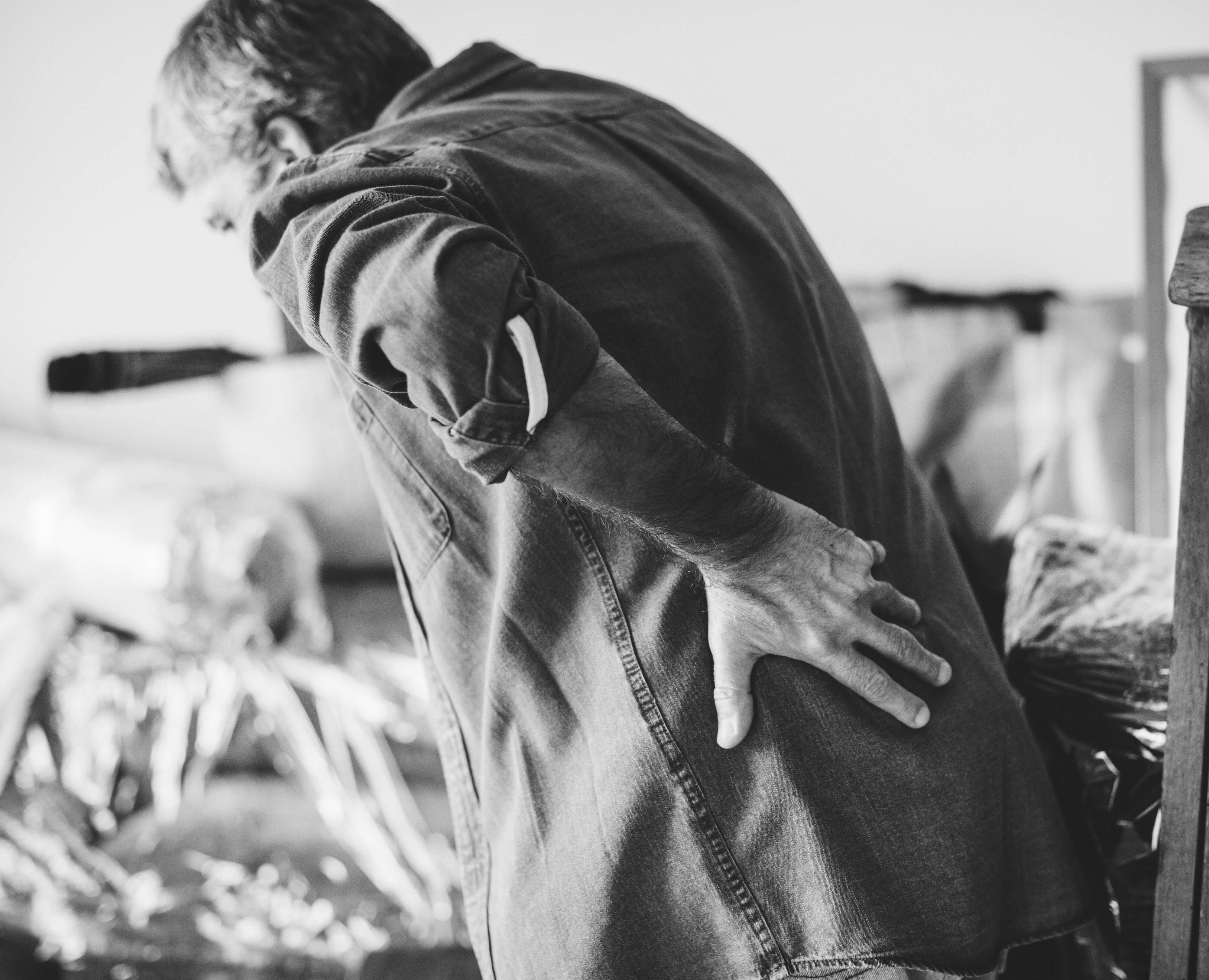
What is a Slipped Disc?
The intervertebral discs are made up of a tough outer shell (Annulus Fibrosus) and a soft-jelly like substance (Nucleus Pulposus) contained within it. These discs separate the bones of the spine (the vertebrae) and act as shock absorbers, protecting the bones from things like lifting, twisting and impact. When the outer shell becomes weak or ...
Reading Time: 2 minutes >
